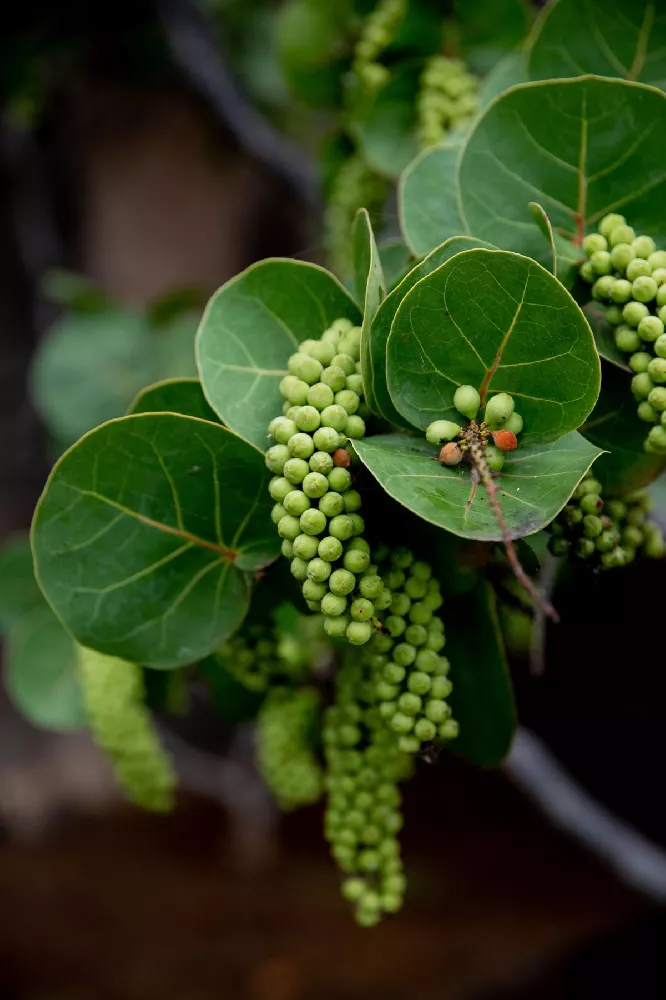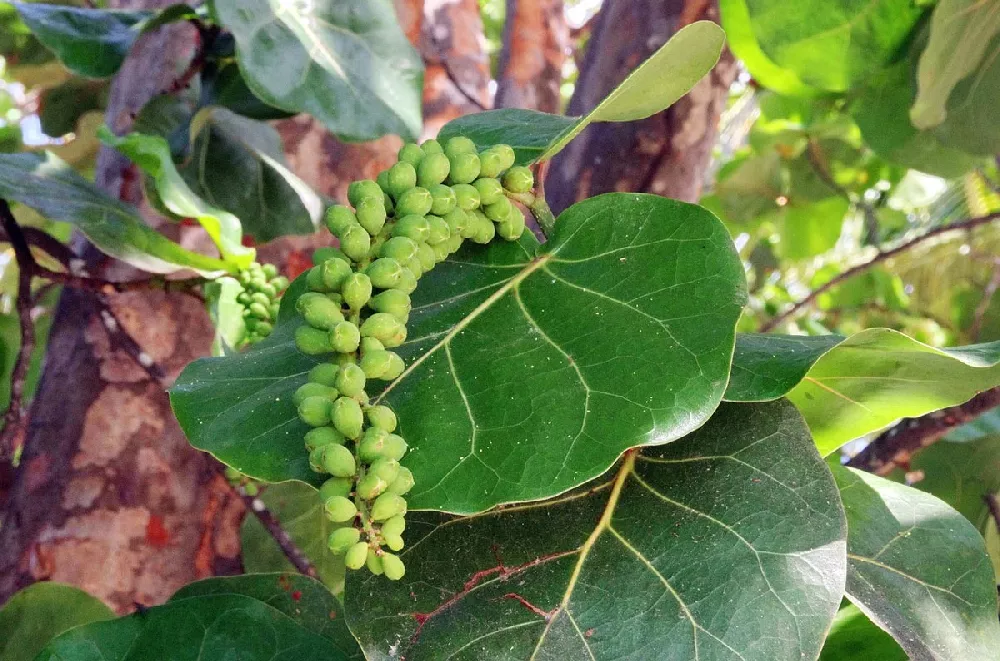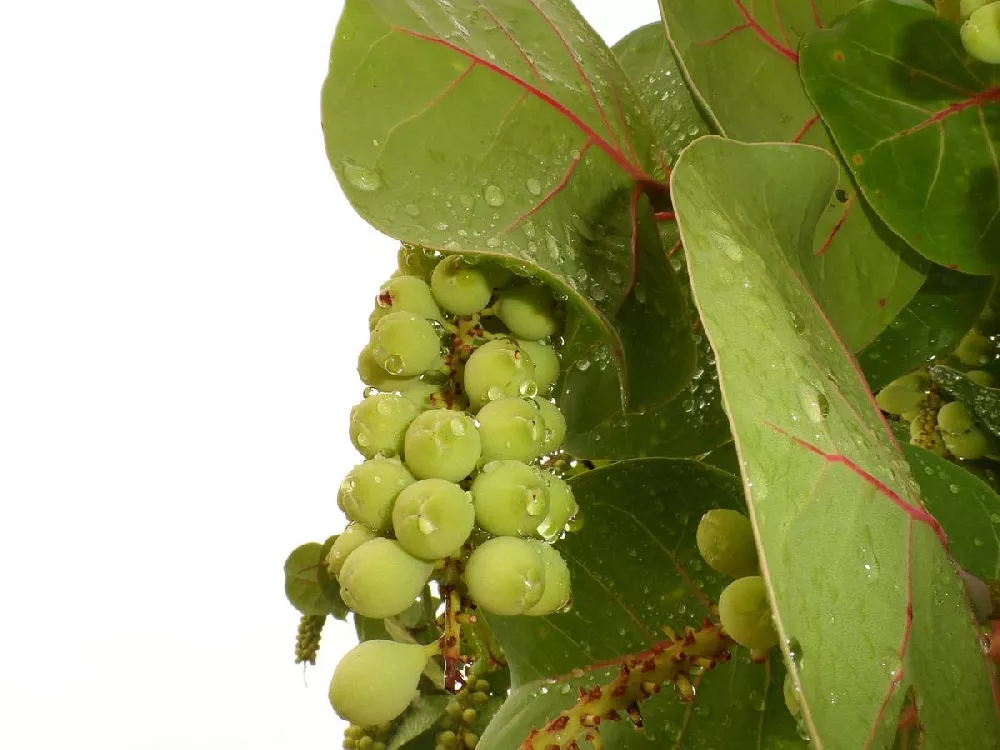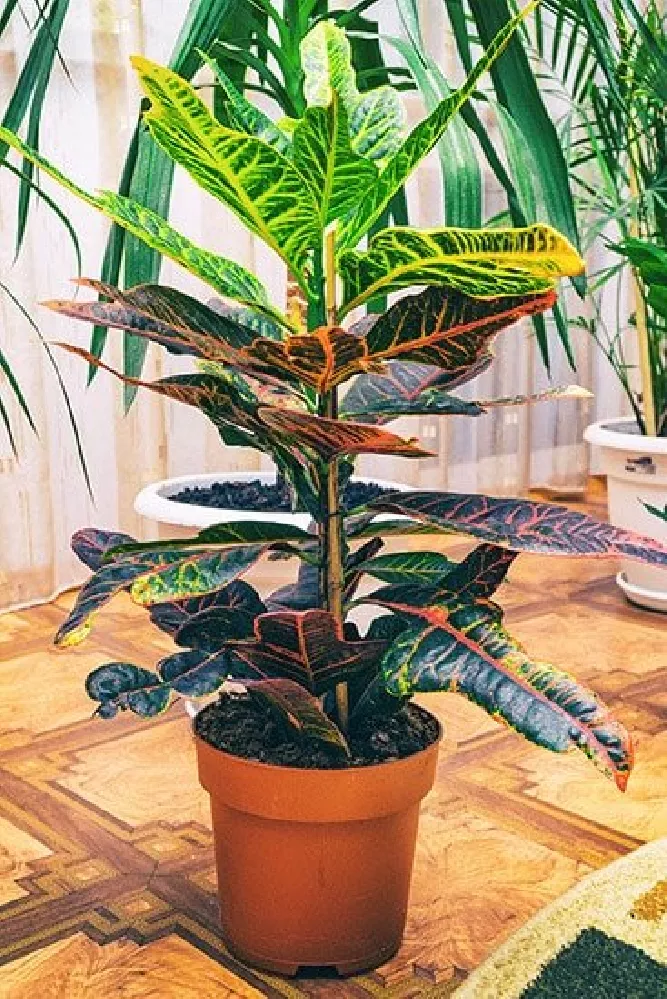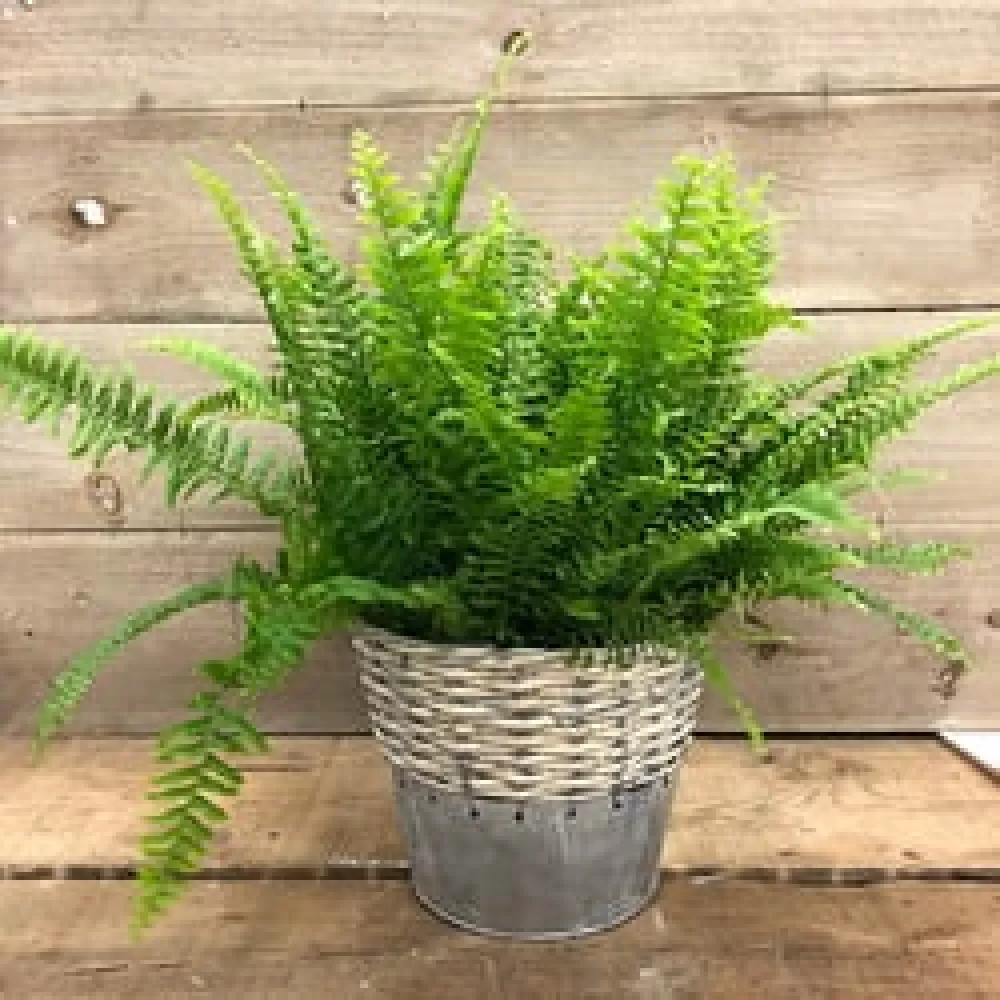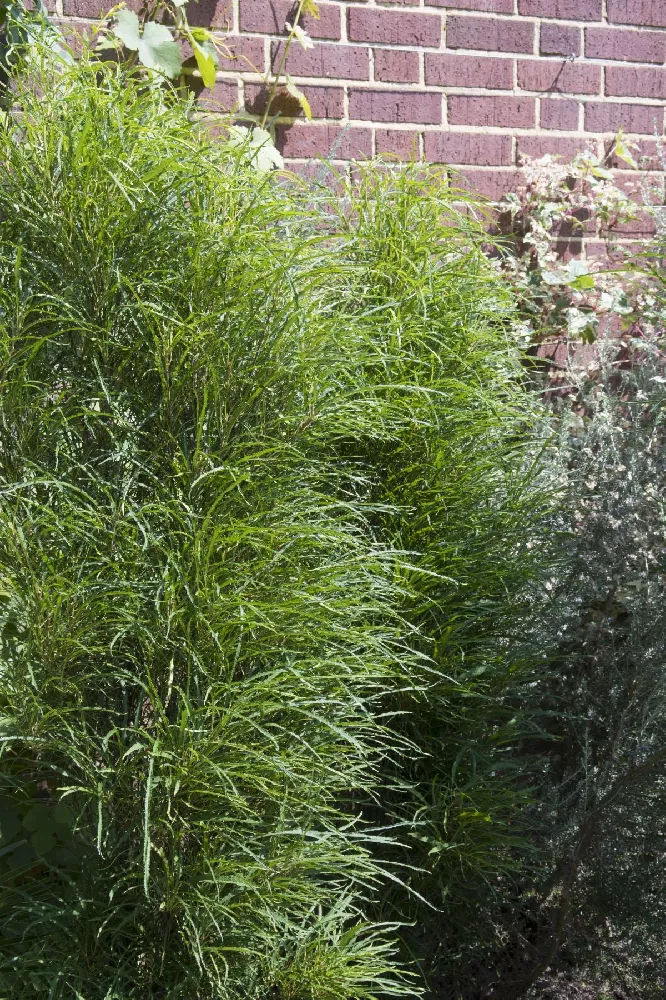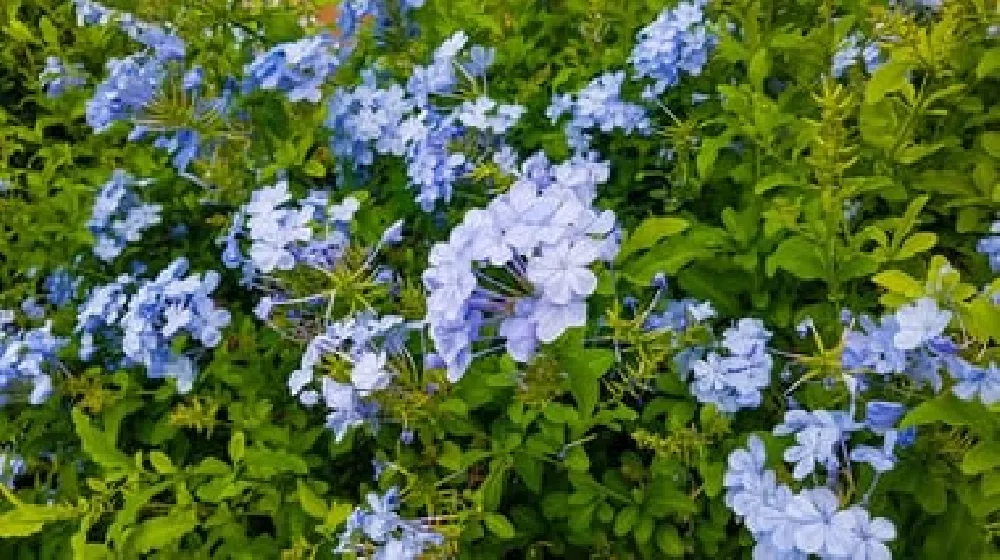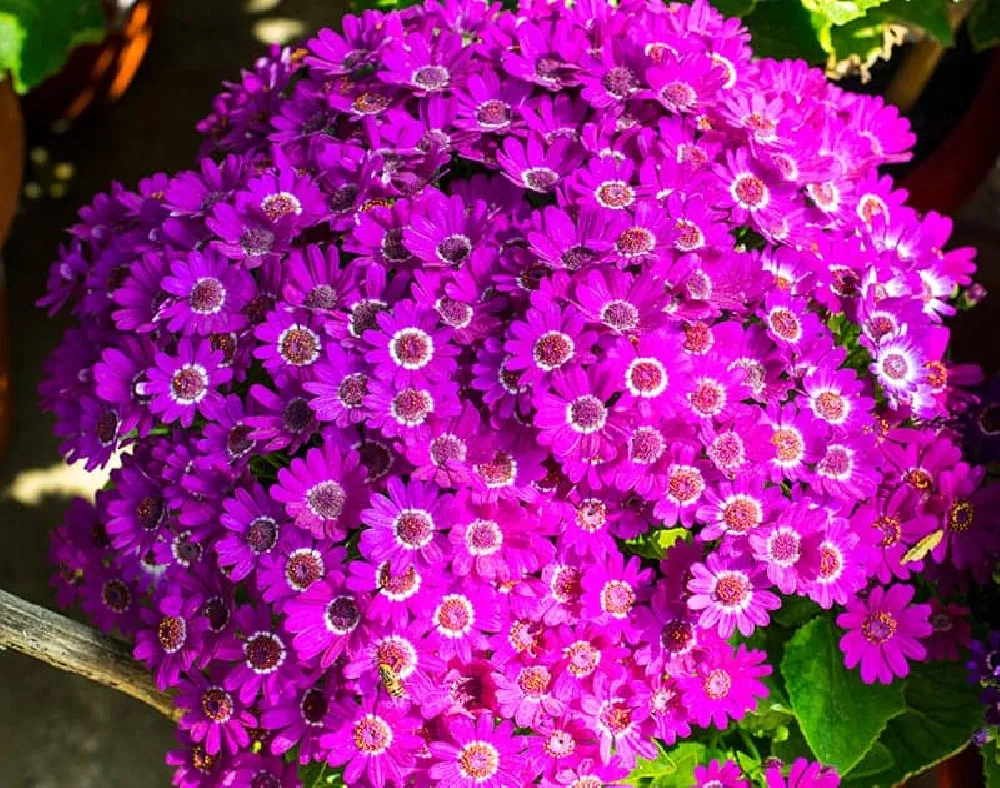- Home >
- Shrubs and Bushes >
- Sea Grape Bush
Sea Grape Bush for Sale - Buying & Growing Guide
- Ships in 1-2 days
- 1-Year Warranty Eligible
- Pots or accessories are not included unless specified in the product options.
Shipping Details:
Products shipped through FastGrowingTrees.com. Once your order is shipped, you’ll receive an email with a tracking number and estimated delivery date. Most orders will ship immediately.
One of the most attractive tropical bushes is the sea grape bush, Coccoloba uvifera. This versatile plant can be pruned to a single trunk and a tree-like form or allowed to grow as a multi-trunk shrub. It has large, heart-shaped leaves that start out as red and mature to a deep green with maroon veins. With little pruning, the bush will achieve a pleasing, rounded shape, and it makes an excellent windbreak or hedge. It is salt-tolerant and handles sandy soil with ease, so it is a great addition to beach-side landscapes. Here are a few other reasons to consider the sea grape bush:
- The grape-like fruit is edible and makes an excellent jam.
- The leaves are evergreen, providing interest throughout the year.
- The plant is tolerant of a range of soil types and isn't bothered by drought or salt spray.
Plant Care
Sunlight

Sea grape bushes thrive in full sunlight: six to eight hours of direct sun a day.
Watering
Young bushes need a thorough watering weekly; more established trees need less supplemental watering.
Fertilizing

Fertilize your sea grape bush during the growing season with an all-purpose slow-release fertilizer.
Planting and Care
Planting instructions
Choose a site for your sea grape that has good sun exposure, with soil that drains well. Sea grape bushes make excellent specimen plants, or they can be grown as a fence or hedge. If you are planting multiple bushes, allow for 6 to 8 feet between each one. Dig a hole that is as deep as the root ball and twice as wide. Unpot the bush and tease out any encircling roots, which can slowly girdle the bush and kill it. Place it in the hole and fill in around it with soil that’s been mixed with well-rotted manure or compost. Tamp down soil as you go to avoid air pockets. After planting, water thoroughly and then place a mulch of an organic substance, such as bark chips, around the bush’s root zone.
Watering and nutrients
When newly planted, water your sea grape bush every few days unless it rains. Once you see new growth, cut back to once a week for the remainder of the first year. After that, your plant should only need supplemental watering in drought conditions. To check, dig down about 2 inches and, if the soil there is dry, give your bush some water. Fertilize it regularly, as per package directions, with a balanced, slow-release fertilizer designed for landscape plants, throughout the growing season.
Pollination
The sea grape bush is dioecious, meaning that male and female plant parts are on different bushes. If you are interested in harvesting sea grapes, therefore, you will need to plant more than one bush so that you have both male and female varieties. The bushes are nectar-heavy and are a favorite choice for bees and other pollinating insects. The fruit is popular with birds, which act to spread the small seeds far from the parent plant.
Pruning
If you wish to train your sea grape to a single trunk, prune out all suckers and secondary trunks at the base. Pruning is best done early in the growing season. Prune by hand at this time to control and shape the tree, cutting out any branches that are growing beyond the bush’s natural, rounded form. You can also prune out diseased or broken branches whenever you see them.
Pests, diseases, and animals
The sea grape bush doesn’t have many natural pests, and a healthy tree can resist infestations easily. Occasionally, the bush will face infestations of sea grape borer, a moth that digs holes into the branches. In most cases, these will cause only cosmetic damage. The only disease that is seen on sea grapes is nipple gall, which causes a small bumpy growth on leaves and branches. When the fruit is ripe, birds will be attracted to the bushes. If you are hoping to harvest the sea grapes yourself, you may need to net the bush.
Harvesting
Sea grapes ripen in fall and are ready for picking when they turn purple. They should come free of the branch easily if they are fully ripe. Store your sea grapes in the refrigerator, and use them within a few days of picking.
Achieving maximum results
For those in northern climates, it is possible to grow these attractive plants in containers. Plant them in a container that is twice as large as the root ball, in soil that is mixed with sand. Keep in mind that the plants are dioecious, and you probably won’t see any fruit if you have a single, smaller bush. Keep a container-grown sea grape bush in a sunny window when it’s inside, and bring it in from the patio whenever the temperatures are predicted to go to 30 degrees Fahrenheit or below. Prune the bush when needed to keep its size controlled, and apply light doses of fertilizer throughout the growing season. You may need to water your bush more often than you would one that was in the garden — keep an eye on the moisture level of the soil about 2 inches below the surface.
FAQs
How big do sea grape bushes get?
The sea grape can be considered a large bush or small tree, and it can grow up to 25 to 30 feet if left unpruned. It also has a lush canopy that can grow to be as wide as the tree is tall. Judicious pruning when the bush is young, however, can help control both the height and width and keep your sea grape bush to a manageable size.
What can I make with sea grapes?
When ripe, the fruit of the sea grape is quite sweet and is beloved of birds and small animals as well as people. In addition to eating them fresh off the bush, they are easily made into a tasty jam or jelly. They can also be used to make wine that is very palatable.
How fast growing are sea grapes?
If left unpruned, a sea grape bush will reach its full height in about 10 years if it is planted in good soil with full sun. For this reason, they are occasionally used to form hedges and windbreaks. Since they are salt-tolerant, they can be grown more closely to open water than most plants, and they will thrive even in an ocean setting.
Compare Similar Products
You can't add more Product Name - Product size to the cart.
OK